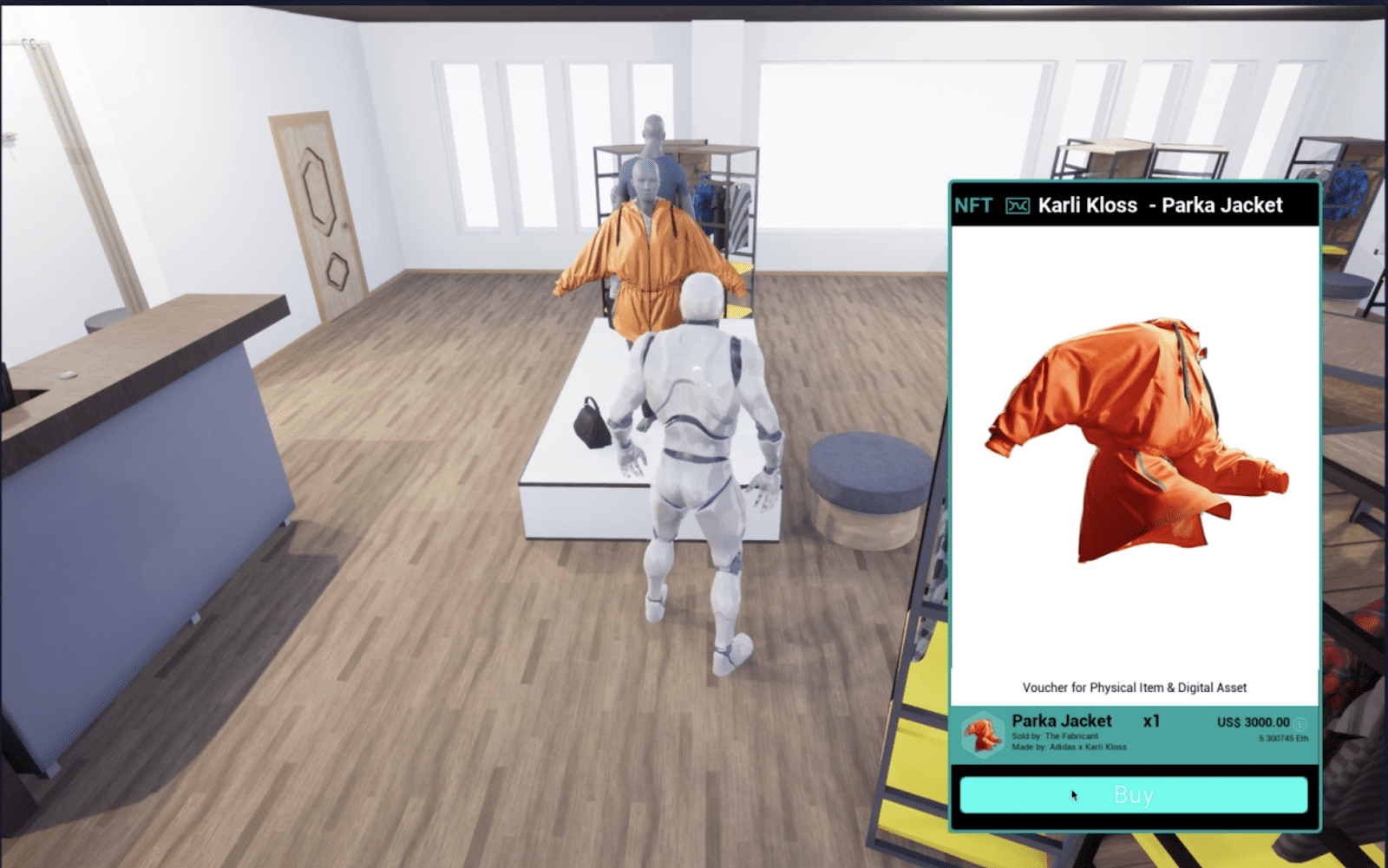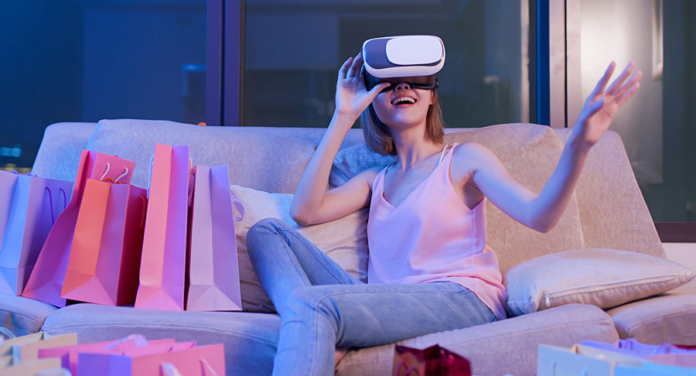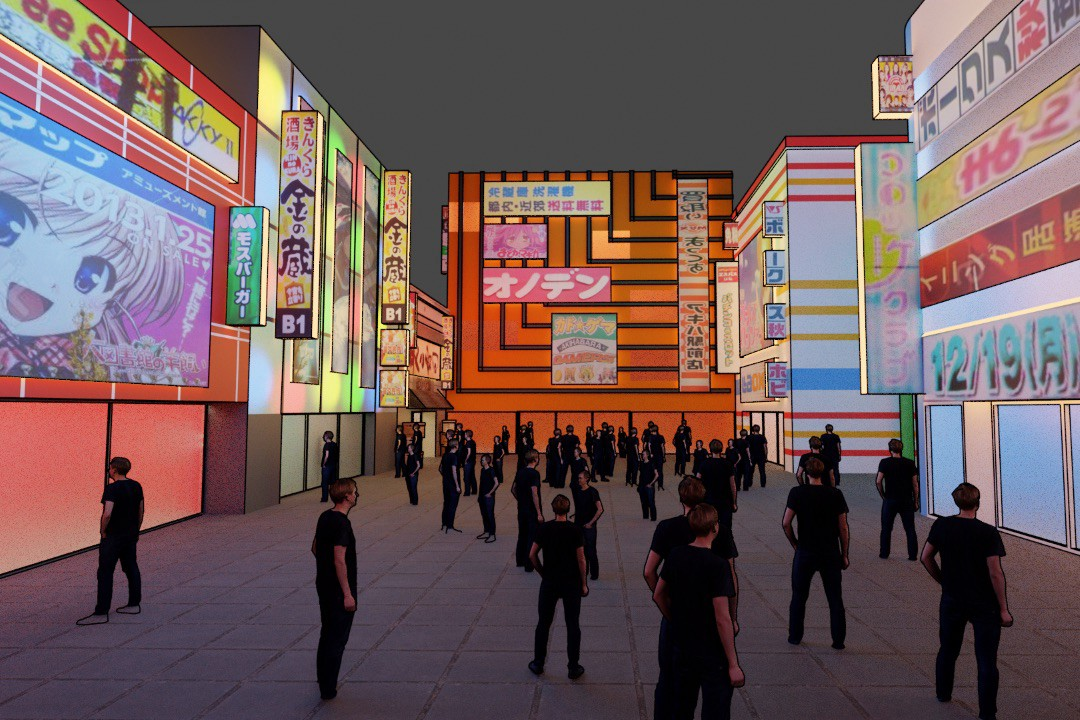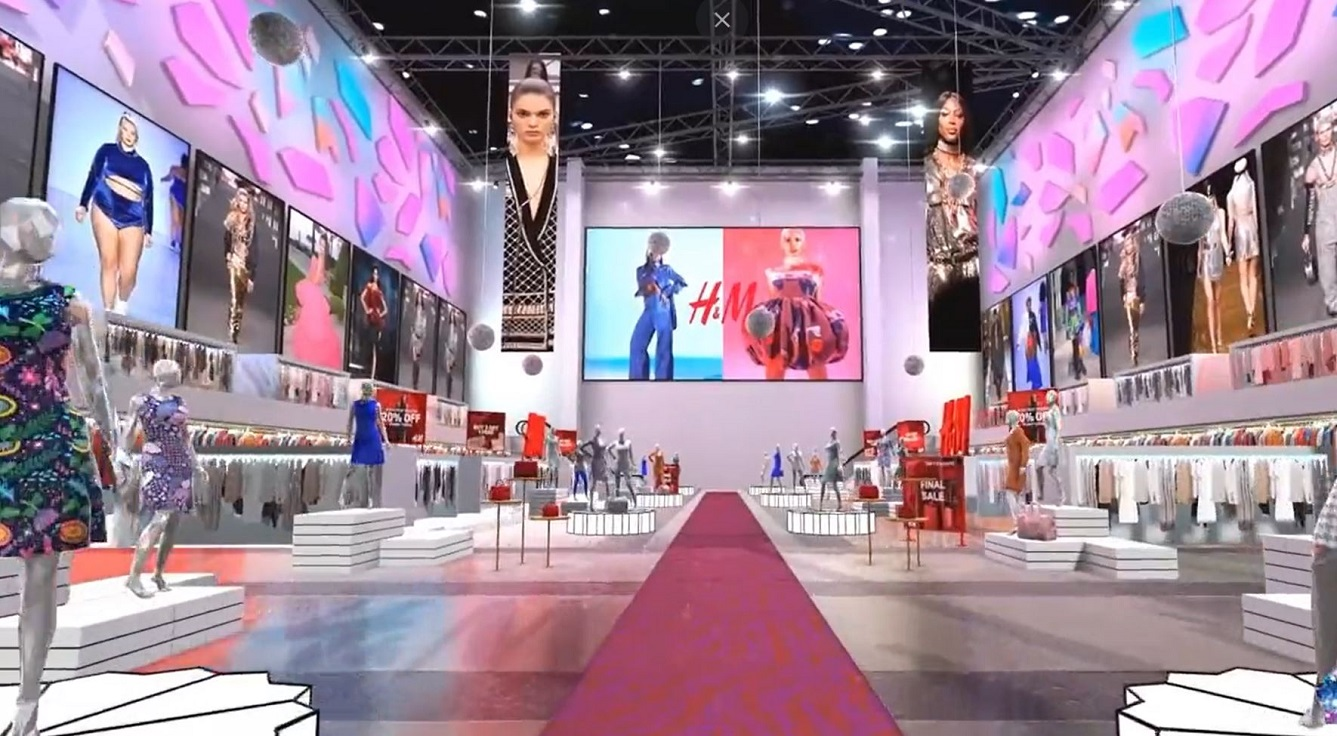Imagine yourself strolling through the aisles of a Louis Vuitton store in France- all from the comfort of your home in Delhi.
We aren’t talking about mindless scrolling through the monotonous grid interface of your online shopping apps, but a full-fledged virtual experience inside the Metaverse.
Not only can you choose to be completely alone, but you can also share in your friends’ virtual space and have the time of your lives.
What is Metaverse?
The term Metaverse was first coined by Stephenson in his 1992 dystopian novel ‘Snow Crash’ to refer to his creation of a 3- dimensional virtual world where all human beings interact with each other in the graphical forms of themselves called ‘avatars.’
Years later, the world has jumped onto the Metaverse bandwagon and its potential pathbreaking multi-sectoral use.
The Metaverse offers the potential of a hyper-real alternative world for you to co-exist in, alone, or in the company of others. This world incorporates augmented reality, virtual reality, 3D holographic avatars, video, and many other possible means of communication within the Metaverse.
Simply put, the Metaverse offers a digital experience through the internet that is entirely immersive, a three-dimensional landscape, and a virtual experience akin to the real world. It is said to have the potential to permeate through every possible industry impacting sectors like gaming, healthcare, ed-tech, and so on.
You can enter this virtual space through a VR headset and even buy products in both its forms-digital and physical. Blockchain Technology is seen as a significant enabler in all Metaverse transactions; it allows secure and trustless transactions as well as undebatable ownership of assets inside the virtual world.
How far are we to the mainstream Metaverse?
We already can see the inklings of the Metaverse in popular online game universes such as Fortnite, Minecraft, Roblox, and many others.
In Minecraft, the players can create their own digital avatar and build whatever they want to in the allotted virtual space. During the pandemic, when everything abruptly shifted from offline to online, these online games became hugely popular among the youngsters.
Metaverse would be a perfect platform for brands jumping onto this bandwagon to unleash their creativity onto this virtual space.
Though it may be very daunting to take the first step in this direction, it is safe to assume that this may result in one of the best visually stimulating experiences for a customer. It goes without saying that the whole retail experience has to be built around creativity and storytelling, something that makes the customer prefer this virtual experience over the existing offline experience. This includes the customer journey, from acquisition to engagement, transaction, customer support, and feedback.
H&M first-ever Metaverse retail shopping experience
Hennes & Mauritz (H&M) recently introduced its first retail shopping experience in the Metaverse. They achieved this by collaborating with CEEK, a company that specializes in developing premium social virtual and augmented reality experiences.
The customers can walk through this new VR Concept Store in CEEK City universe and purchase the product of their liking using CEEK Crypto to pay for the transactions. For now, the clothes and accessories are available digital-only, which can be used on the customers’ avatars. The store may also extend this functionality to reality where the customers can collect their products physically that they had bought in the Metaverse.
By virtue of Blockchain Technology, buying digital assets using NFTs makes the transaction secure, transparent, and verifiable.
An increase in the number of virtual events will directly lead to purchasing more digital assets as well as spending more time in this virtual world- more virtual clothes, cosmetics, etc. Very possibly, the ratio between our virtual and physical assets will increase dramatically. This opens up opportunities for industries other than gaming and retail to open up in the Metaverse.
Scope of brands capitalizing demand for a virtual experience
Brands have an amazing opportunity to capitalize on this demand to create their virtual products parallel to their real-world products.

This would create a possibility of moving back and forth between the real world and the virtual world seamlessly. Even today, we can see examples of technology and humanity converging in sectors like health, gaming, education, etc. Metaverse takes this to the next level by its evolutionary melding of reality and virtuality. We cannot be certain of how far Metaverse will extend -digital fashion, social media, augmented reality, video games, NFTs, among many others. Understanding and utilizing its potential in the coming years is very crucial for brands; it is the ultimate stop for the Gen Z customer base.
What is the future of retail?
While more and more brands are dabbling in the Metaverse as their selling strategy, it needs to be asked-will the existing brick and mortar building lose its relevance? Will offline retail shopping or online shopping apps lose their sales?
Though Metaverse offers a very tempting entry into fantastical worlds, I hardly doubt that the offline shopping experience will be left in the dust. Metaverse only offers an alternative to the real world; it doesn’t necessarily mean we abandon the real world or prefer it less.
Metaverse is an inevitable phenomenon that is only logical considering the present technological advancements. We know one thing for sure- it successfully rectifies the only thing lacking in e-commerce, i.e., the feeling of being present. One can only take a guess whether the future of retail lies in the Metaverse.




